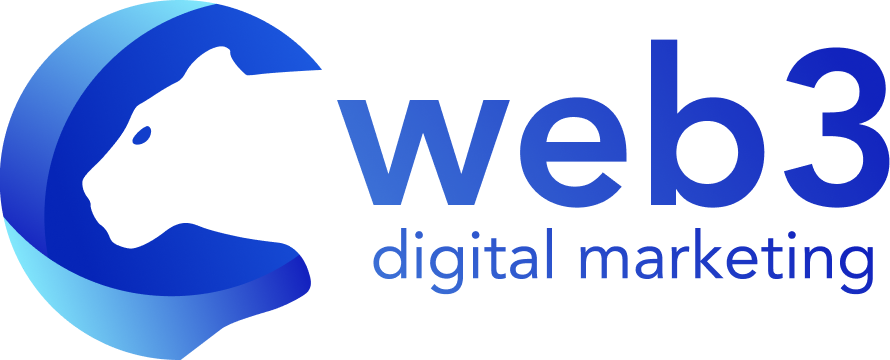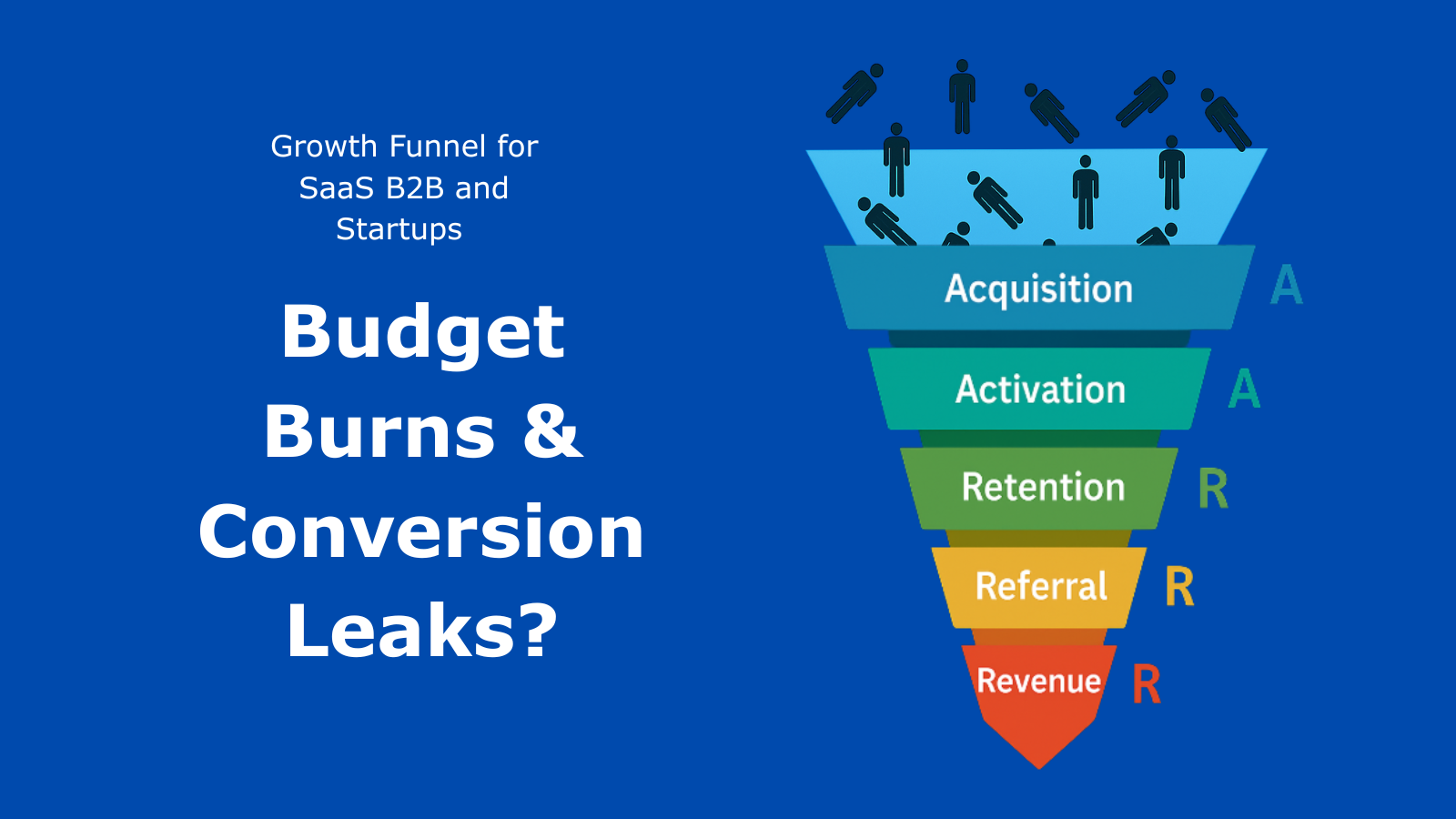
In today’s volatile market landscape, business leaders are asked to do more than grow — they are expected to grow strategically, resiliently, and profitably. The conventional approach of “growth at all costs” is obsolete. Instead, forward-thinking leaders are leveraging a new model that doubles as both a revenue engine and a risk management framework: the Growth Funnel.
This article explores how Growth Funnels — when architected and executed well — not only accelerate customer acquisition and retention but also serve as a proactive tool for mitigating business risk, increasing forecasting precision, and building long-term organizational stability.
What Is a Growth Funnel?
A Growth Funnel is more than a linear buyer journey. It’s a full-cycle system for attracting, qualifying, converting, and retaining customers — fueled by data, automation, and iterative optimization. Unlike a simple sales pipeline, a well-designed Growth Funnel is a cross-functional alignment of product, marketing, sales, and customer success, focused on moving leads through intentional touchpoints with minimal friction and maximum insight.
Lead Conversion Journey / Funnel
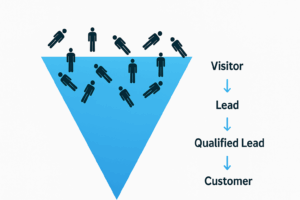
Leads Funnel
This image illustrates the standard path users take within a Growth Funnel: from Visitor → Lead → Qualified Lead → Customer. At each stage, there’s a drop-off risk, and the job of a well-designed funnel is to reduce friction and increase movement to the next stage.
Risk Isn’t Just Financial — It’s Funnel-Based
Risk is often discussed in financial, legal, or operational terms. But many of the most dangerous business risks are buried inside broken or misaligned funnels:
Misaligned messaging → Wasted ad spend and high bounce rates
Poor ICP targeting → Low-quality leads and overworked sales teams
Lack of qualification → Time drain and low conversion rates
Poor onboarding → High churn and low LTV
No feedback loops → Stalled product-market fit evolution
Each of these is a leak in the growth funnel — and every leak carries real financial and reputational cost.
Growth Funnels as a Strategic Risk Mitigation Tool
Let’s break down how Growth Funnels help identify, manage, and even reverse risk into opportunity:
1. Mitigating Marketing Risk
By structuring your top-of-funnel with persona-driven targeting, clear value messaging, and smart channel selection, you reduce the risk of burning budget on unqualified traffic.
✅ Risk Mitigated: Poor CAC efficiency, reputation loss from mismatched outreach, vanity metrics.
Pro Tip: Use real-time funnel data (CTR, CPL, demo-to-close rate) to optimize performance weekly. Every ad dollar should teach you something.
2. Mitigating Sales Risk
The Growth Funnel aligns Sales and Marketing, ensuring Sales only works high-intent leads — and that those leads are prepared with contextual content before the call.
✅ Risk Mitigated: Low close rates, demotivated sales teams, inaccurate forecasts.
Pro Tip: Score leads based on behavioral data (page visits, downloads, email clicks) and integrate that into CRM workflows. Sales calls become confirmations, not cold intros.
3. Mitigating Product Risk
One of the best (and least used) functions of a Growth Funnel is early-stage feedback capture. Smart funnel design enables fast validation of offers, pricing, messaging, and feature demand.
✅ Risk Mitigated: Building the wrong features, missing PMF, or launching too soon.
Pro Tip: Insert feedback prompts post-demo, post-onboarding, or even in ad journeys (e.g., “Would you use a tool like this?”). This closes the loop between marketing and product.
4. Mitigating Operational Risk
A consistent, predictable funnel allows for more accurate hiring, resource allocation, and cash flow forecasting. Unstructured growth creates chaos. Funnels create stability.
✅ Risk Mitigated: Overhiring, underdelivery, team burnout, service inconsistency.
Pro Tip: Visualize your funnel metrics weekly. If your bottom-of-funnel (BOFU) conversion rate drops, you’ll know to slow acquisition or adjust messaging.
5. Mitigating Reputational Risk
When you control the customer journey — through funnel design — you shape the brand experience. This builds trust and reduces risk of negative reviews, chargebacks, or reputational damage from unclear value delivery.
✅ Risk Mitigated: Churn, refund requests, poor word-of-mouth.
Pro Tip: Use onboarding emails and drip campaigns to educate, excite, and align expectations. A confused customer is a ticking time bomb.
From Reactive to Predictive
The most resilient organizations use Growth Funnels not only as a sales engine, but as a forecasting and risk-prediction machine. With the right data, a funnel can:
Predict cash flow
Identify gaps in product messaging
Alert you when customer behavior shifts
Quantify the ROI of partnerships or channels
Justify new investments (or cancel risky ones)
Funnels let you move from reactive decisions to data-backed strategy — and that’s how risk turns into sustainable profit.
Integrated Funnel Architecture
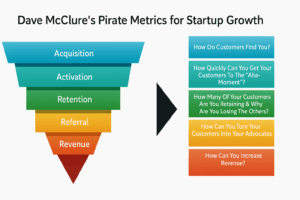
This level of integration gives businesses:
Full lifecycle visibility of a user’s journey
Cross-team alignment around the same success metrics
Automated nurture, conversion, and re-engagement systems
A structured way to de-risk go-to-market and product launches
Watch fore more:
http://Startup Metrics for Pirates: AARRR! – Dave McClure
Who It’s For
Startup founders and scale-up teams looking to build or refine their go-to-market engine
Growth marketers who want to improve conversion and retention
Product managers building feedback loops and onboarding flows
B2B service providers with high-consideration sales cycles
Advisors and investors who need a structured view of funnel health
Why Businesses Need AARRR
The AARRR framework helps companies stop guessing and start optimizing. It breaks down the user journey into measurable stages so businesses can:
Diagnose funnel leaks
Reduce churn
Increase lifetime value (LTV)
Improve CAC efficiency
Build scalable growth with less risk
What You Get
A shared language between marketing, product, sales, and customer teams
Real-time insights into which stage needs improvement
Predictable revenue models from systematized conversion
Embedded customer feedback to inform feature development
Real-World Use Cases
A SaaS startup reduces CAC by 30% by restructuring its lead qualification and onboarding using this funnel.
A dev agency implements automated follow-ups and onboarding sequences, leading to a 2x increase in demo-to-close rate.
An advisory firm uses the funnel to help portfolio companies track KPIs and justify new funding rounds based on real-time growth metrics.
Growth Funnel Checklist for Risk-Smart Leaders
| Funnel Area | Risk Check Question |
|---|---|
| Top-of-Funnel | Are you attracting the right traffic or just any traffic? |
| Lead Qualification | Can your sales team confidently say “No” to bad leads? |
| Sales Enablement | Are sales reps armed with the right intel and timing? |
| Product Feedback | Does your funnel provide product improvement signals? |
| Post-Sale Retention | Do you have automated check-ins or success triggers? |
| Analytics | Are decisions made weekly based on real data? |
If you can’t answer “yes” to all of these, you’re likely leaving profit on the table — and inviting risk in the back door.
Final Thought
We often think of risk as something to avoid. But the smartest companies realize risk is raw material — and your Growth Funnel is the factory.
By designing a funnel that doesn’t just attract — but qualifies, educates, measures, and retains — you build a system that turns volatility into velocity.
Whether you’re a startup founder, a corporate leader, or an advisor — the funnel-first mindset is your blueprint for predictable, scalable, and defensible growth.
